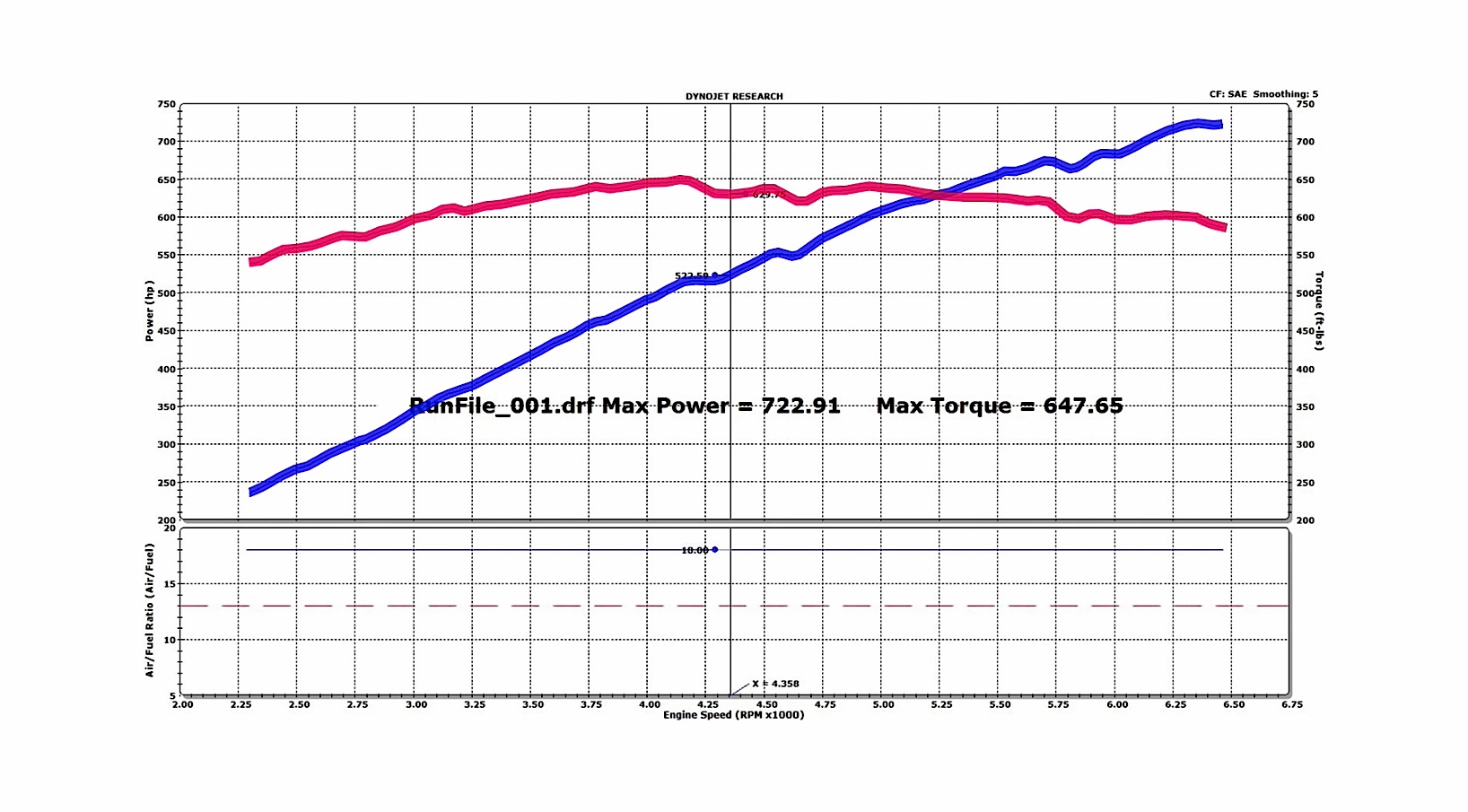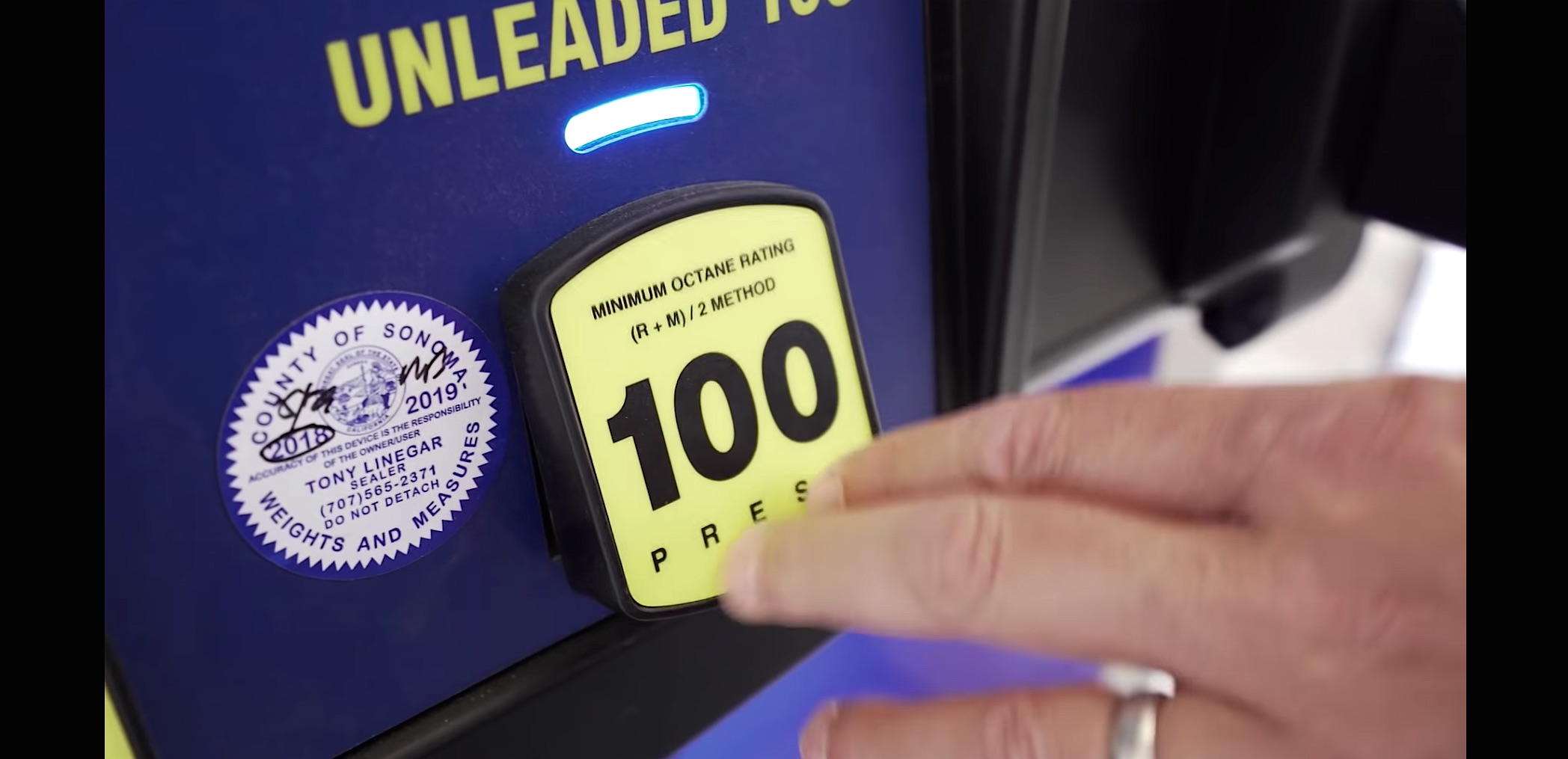Watch a Dodge Demon put its motor where its mouth is on the dyno
The Internet is tricky; sometimes all your hard work gets flinged nastily back at you, mostly by way of folks who either don’t care for what you’re saying or have a differing opinion. That’s why for the purpose of The Demon Diaries, I’ve tried to deliver you information in a factual and as clear a manner as possible. But seeing as the video you’re about to watch has to do with verifying Dodge Demon factory horsepower and torque claims via dyno, we fully expect a backlash in regards to what we’ve showcased.
Because Internet.
One of the reasons we’ve decided to strap our Dodge Demon car to the dyno is because while there are Demon videos online, we’ve never come across one where all of the important ownerships questions were fully addressed.
For instance:
- Was the car broken in properly?
- Does it have any additional power improvements from stock?
- How many miles are on the car?
- What fuel was used?
- What are the weather conditions, altitude, etc.

When Dodge first released the horsepower and torque ratings for the 6.2-liter supercharged V-8 that powers the 2018 Demon, many were skeptical. Dodge claimed 808 hp and 717 lb-ft of torque on 91-octane, and 840 hp and 770 lb-ft of torque on 100-octane with the factory supplied Powertrain Control Module that came as part of the $1 Demon Crate (see TDD Ep. 2). Those numbers do grab headlines, but the only way to get the real number for your car is to run it on a dyno for real testing, while also keeping in mind that the process is not an exact science. For our purposes we headed to TFB Performance at Sonoma Raceway in northern California.
As you’ve seen in earlier episodes, we followed the break-in procedures to the letter for good reason. First, this is our car, so we wanted to make sure it was going to last for a good long time. Second, we wanted to let both enthusiasts and owners see first hand if the Demon lived up to the claims Dodge is making. The conditions on the day of our dyno runs were as follows; it was in the mid-to-low 80s, we were 13.1 ft above sea level, the DA (density altitude) was around 2080 feet with the Demon having covered just under 3000 miles in total. Where they perfect? No, but they weren’t as bad as they could have been.
Before we ran the car we decided to run a few calculations, keeping in mind that horsepower and torque ratings from the factory are measured at the flywheel and not at the wheels. Rear wheel numbers should result in a 10-15-percent power loss through the driveline, which meant the dyno numbers were looking for should be in the following neighborhood.
- 91-octane should get: 727-702 RWHP / 645-623 lb-ft of torque at the wheels.
- 100-octane: should get: 756-730 RWHP / 693-669 lb-ft of torque at the wheels.
For comparison, a stock Hellcat makes 707 hp and 650 lb-ft of torque at the flywheel, thus we’re thinking the Demon should make those numbers, or close to them, at the rear wheels.
The first set of runs we conducted with around 1/8-tank of Sunoco 91-octane and generated results of 722.91 horsepower and 647.65 pound-feet of torque. That’s a 10.6-percent loss in horsepower and a 9.7-percent loss in torque, again, from the flywheel. It was great to see that these numbers not only fell on the higher end of our predicted spectrum, but that they were also right in line with what Dodge had claimed.

We then unloaded the car from the dyno and headed back to the pumps to fill the tank with 100-octane. (A point of note for you owners out there—the factory installed PCM is specifically tuned for 100-octane, not 104 or 110. Therefore there is ZERO benefit to running anything higher. The PCM will read the fuel running through the system and will know if it’s not correct, so just make sure you fill your tank from dead empty as any remaining 91-octane fuel may force the ECU to retune.)
After strapping the car back down and hitting the high-octane button on the control module, we commenced with our second run. With the rollers spinning at an alarmingly fast pace we stood back and looked at the numbers. 749.03 hp and 692.31 lb-ft of torque were staring back at us and hot damn if we weren’t pleased. Again, that was right in line with the 10-15-percent driveline loss we were expecting.

The purpose of this video was simple. Illustrate and prove forth the claims made by an OEM on a 100-percent stock vehicle it produced for the public. Thankfully, and by being able to control the factors involved (weather aside), we were able to do just that and came away quite impressed.
But what about that claim of running 9.65 @ 140 mph in the quarter-mile. What about that? Well stay tuned because we’re going after that one in the very near future.





